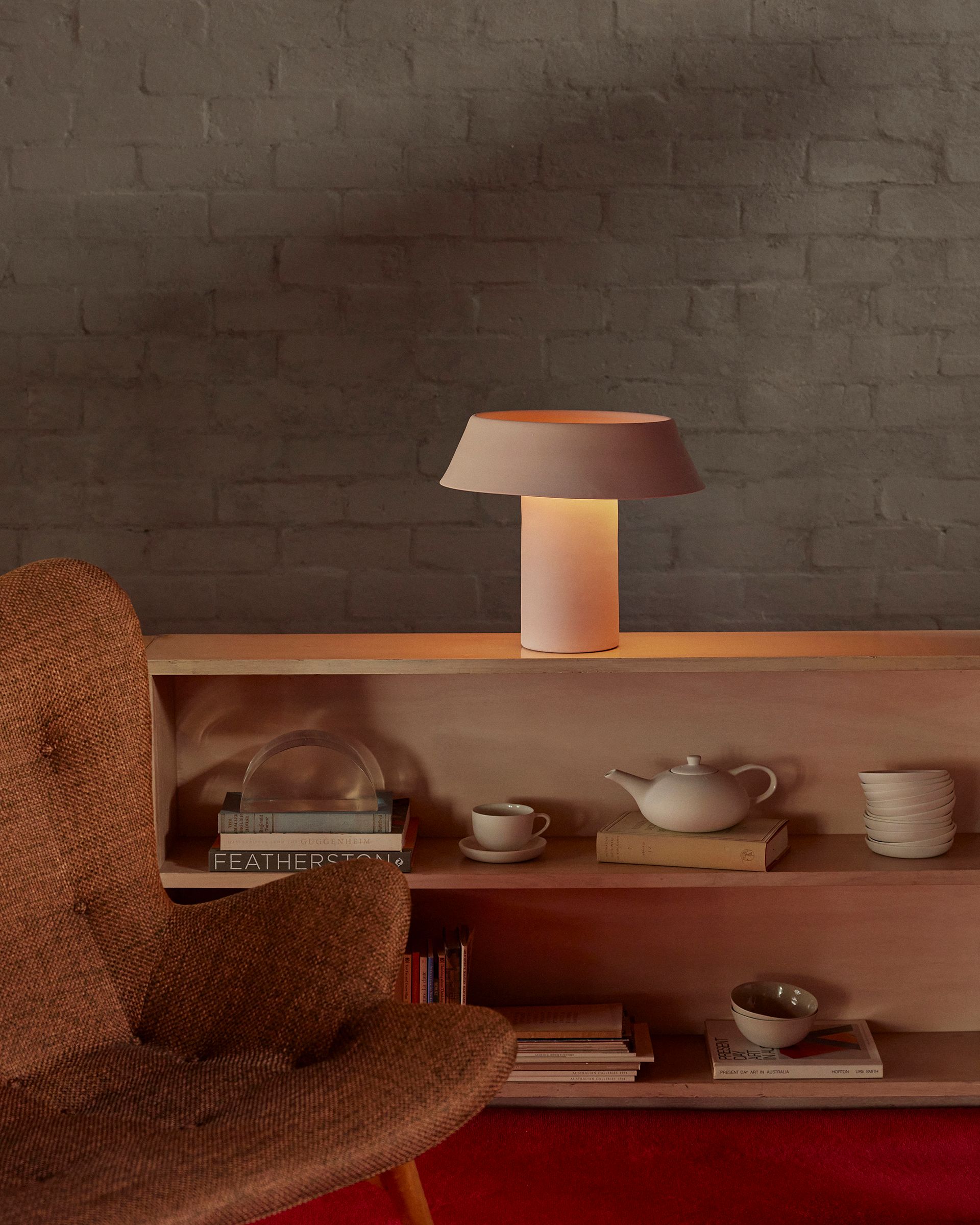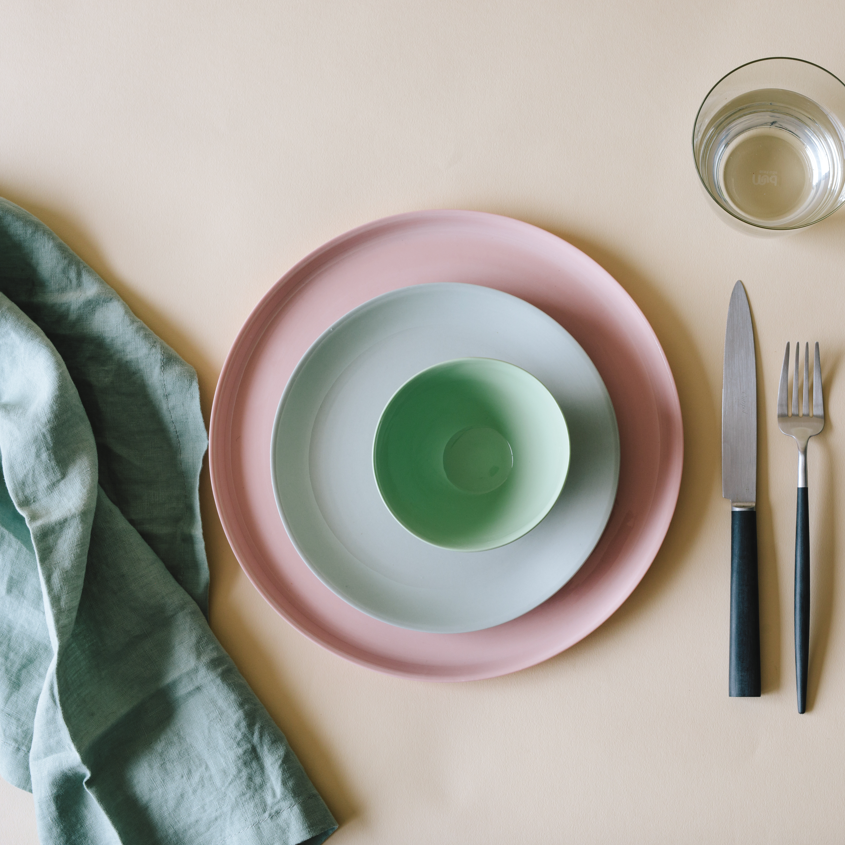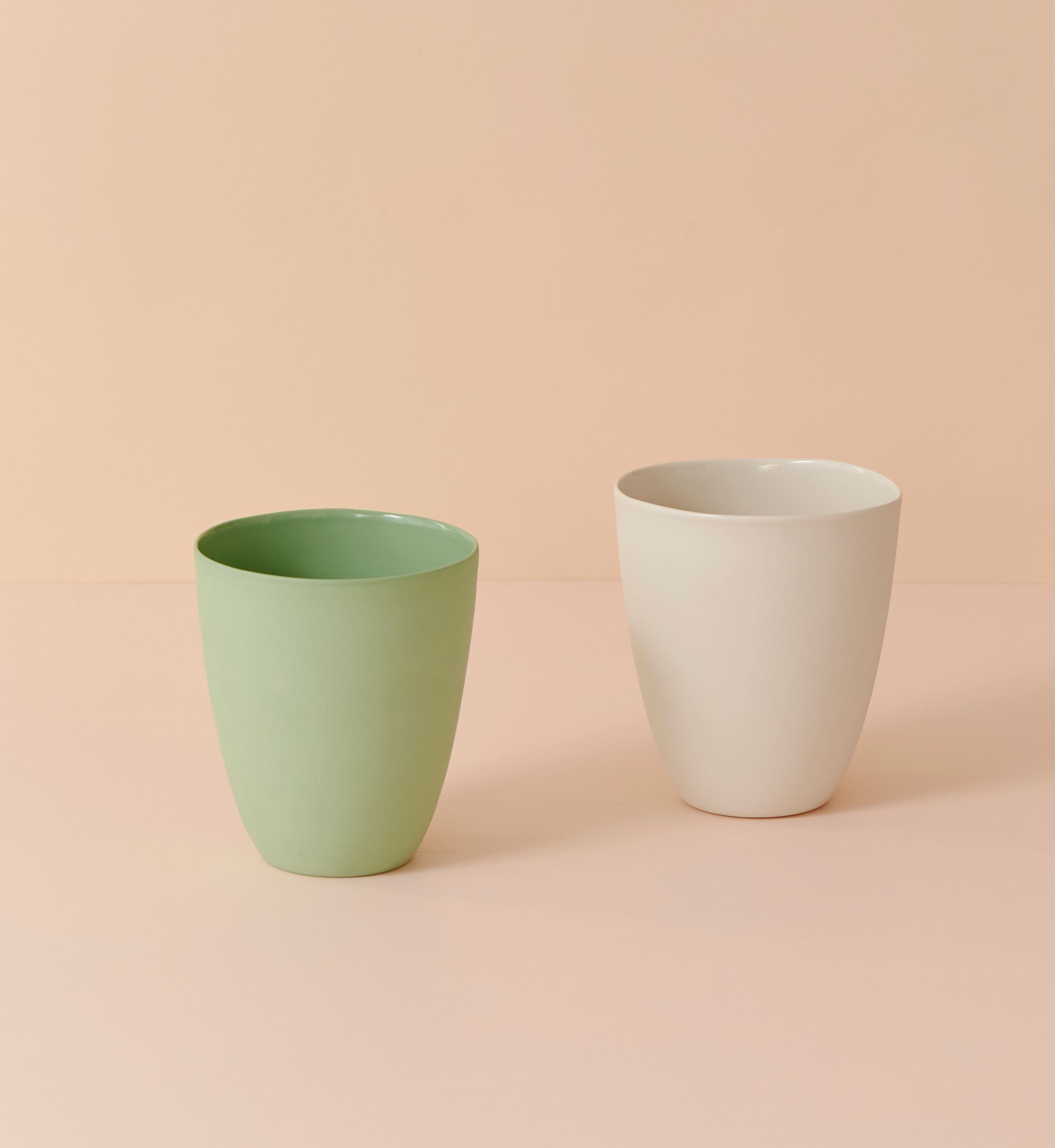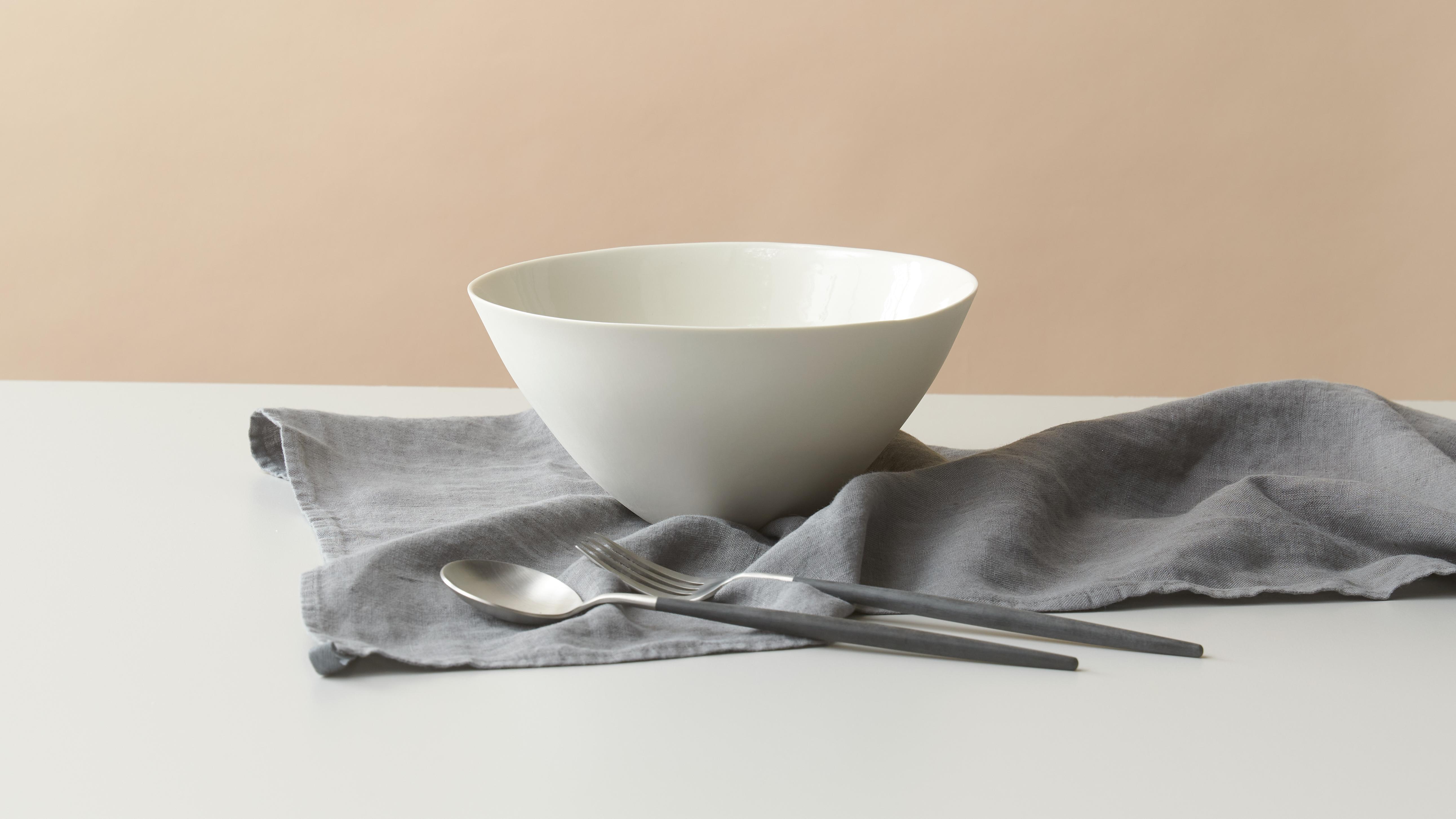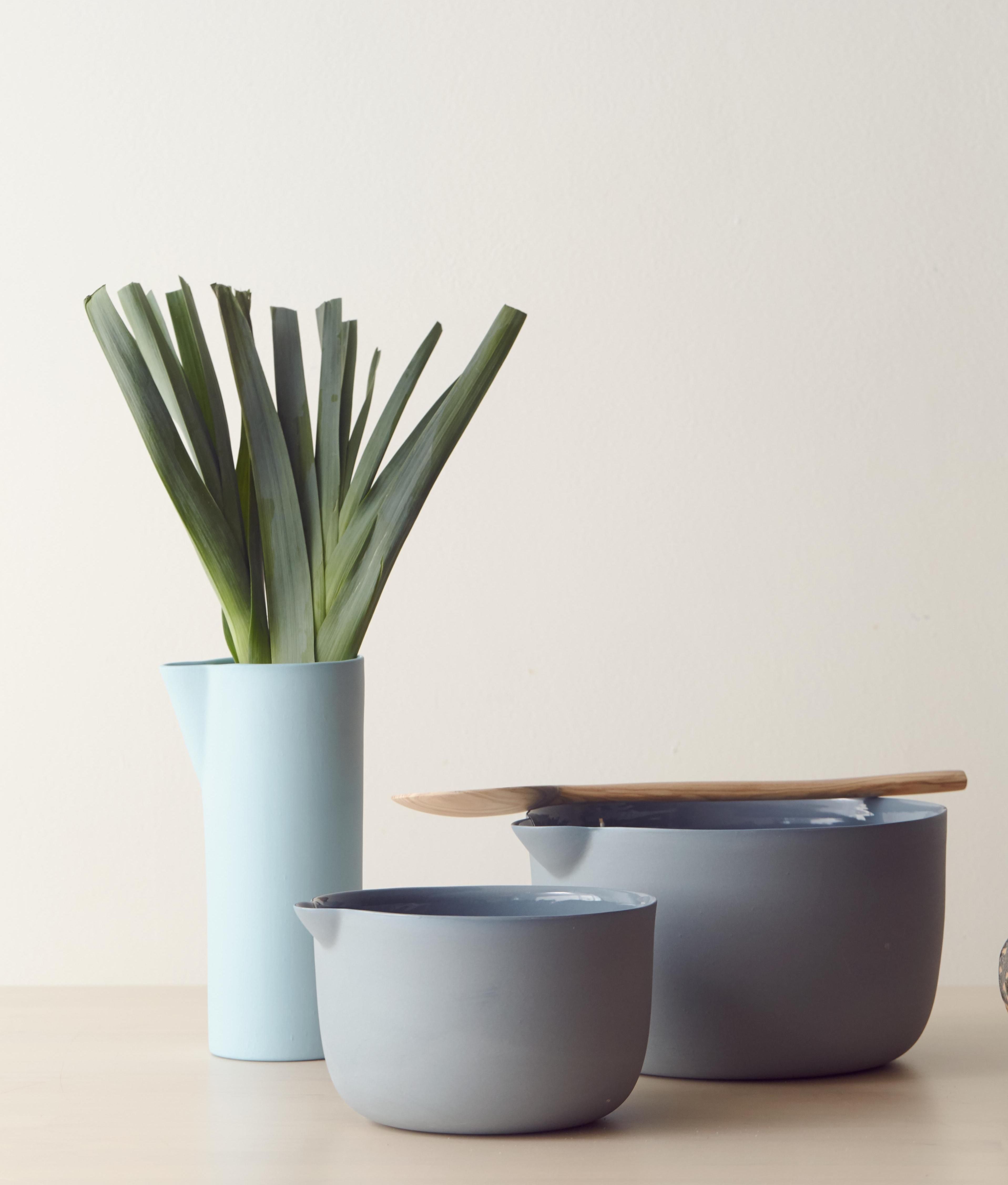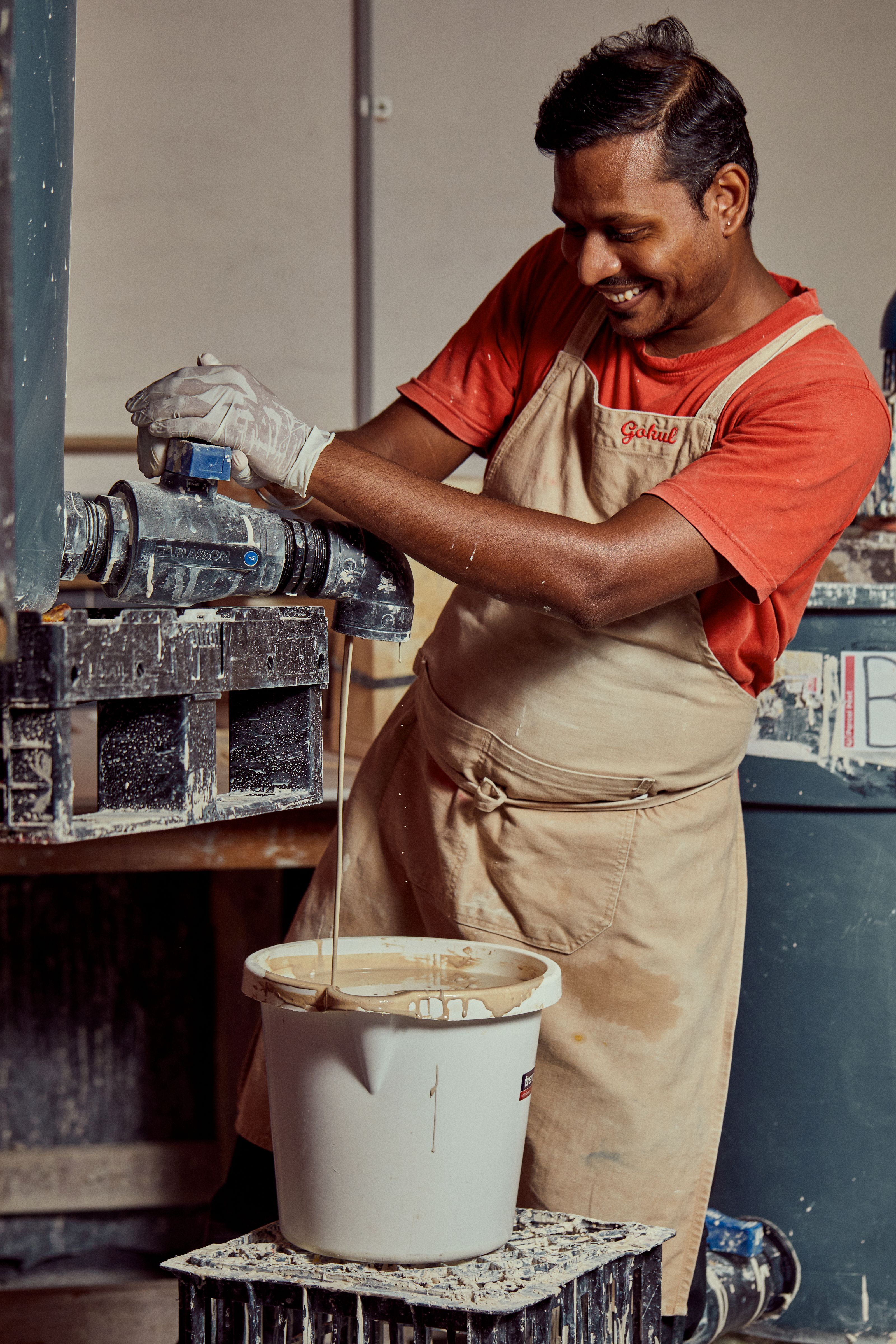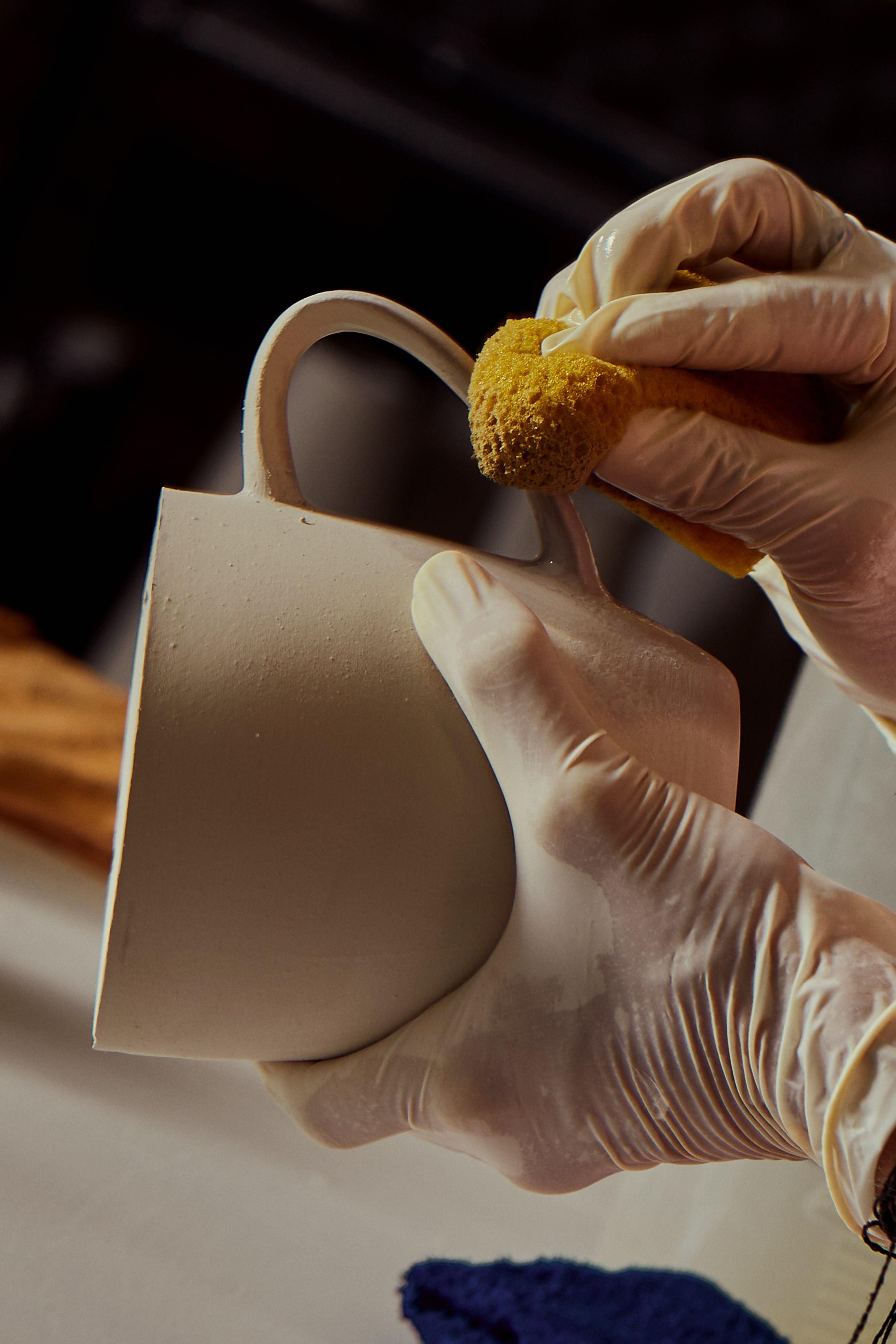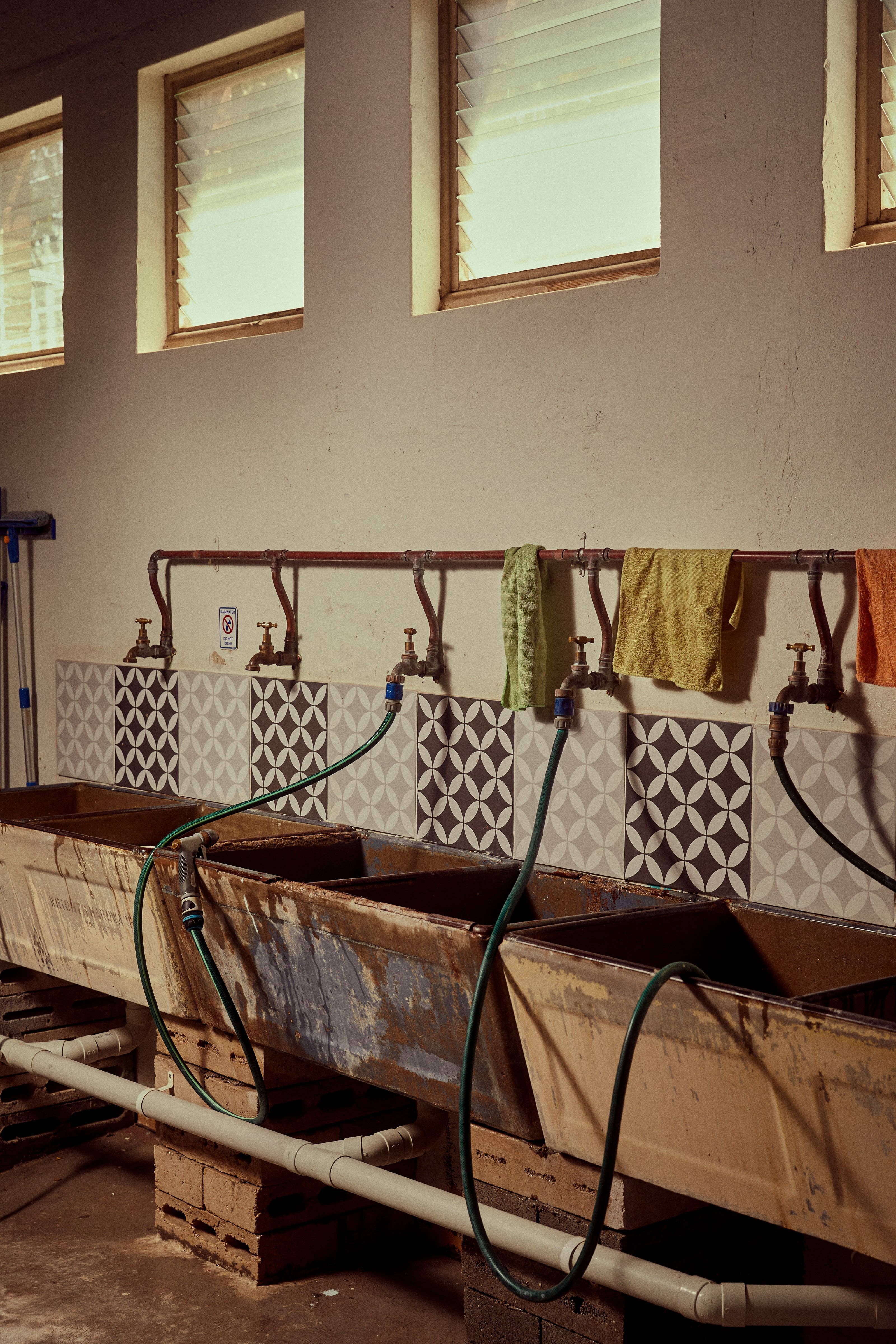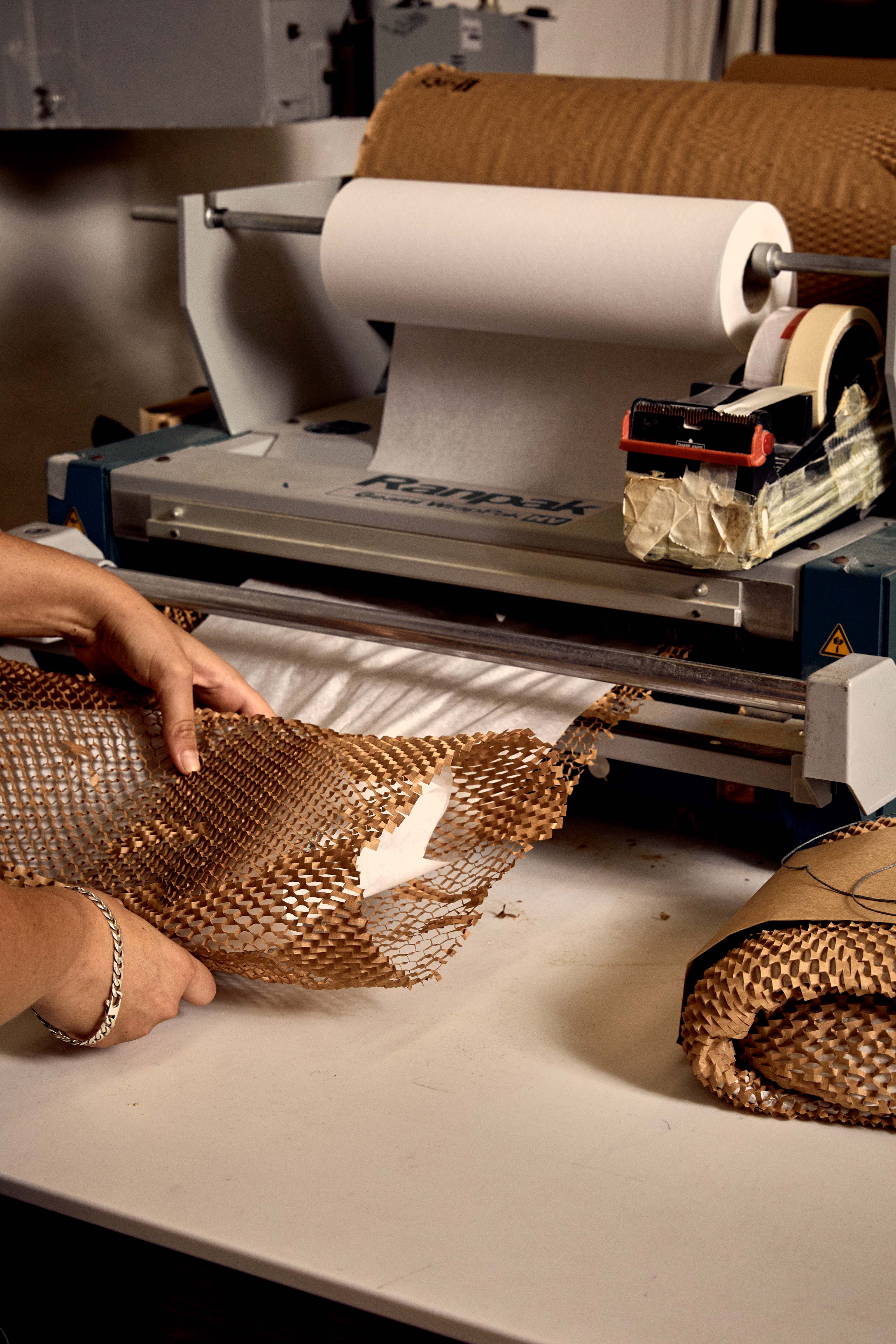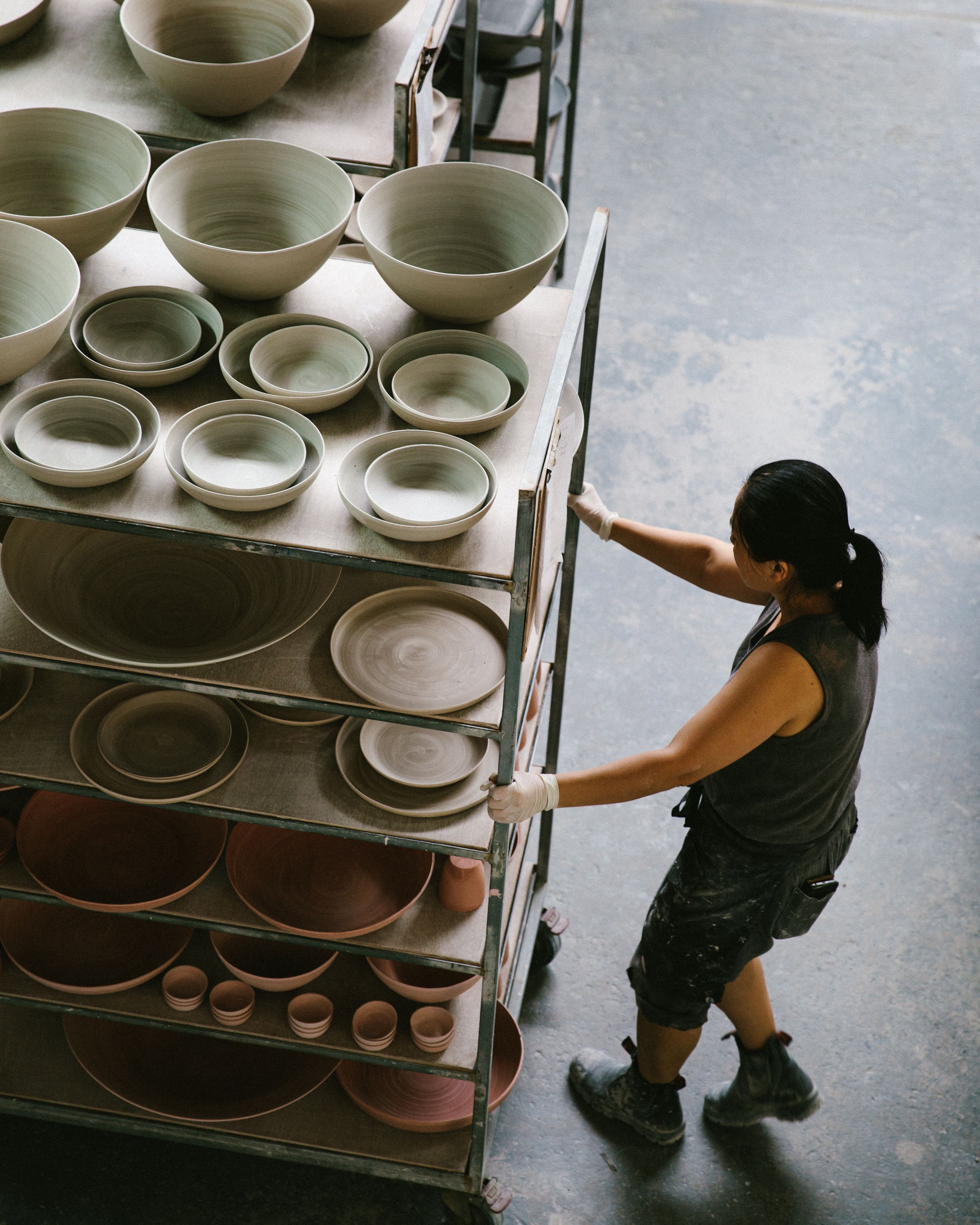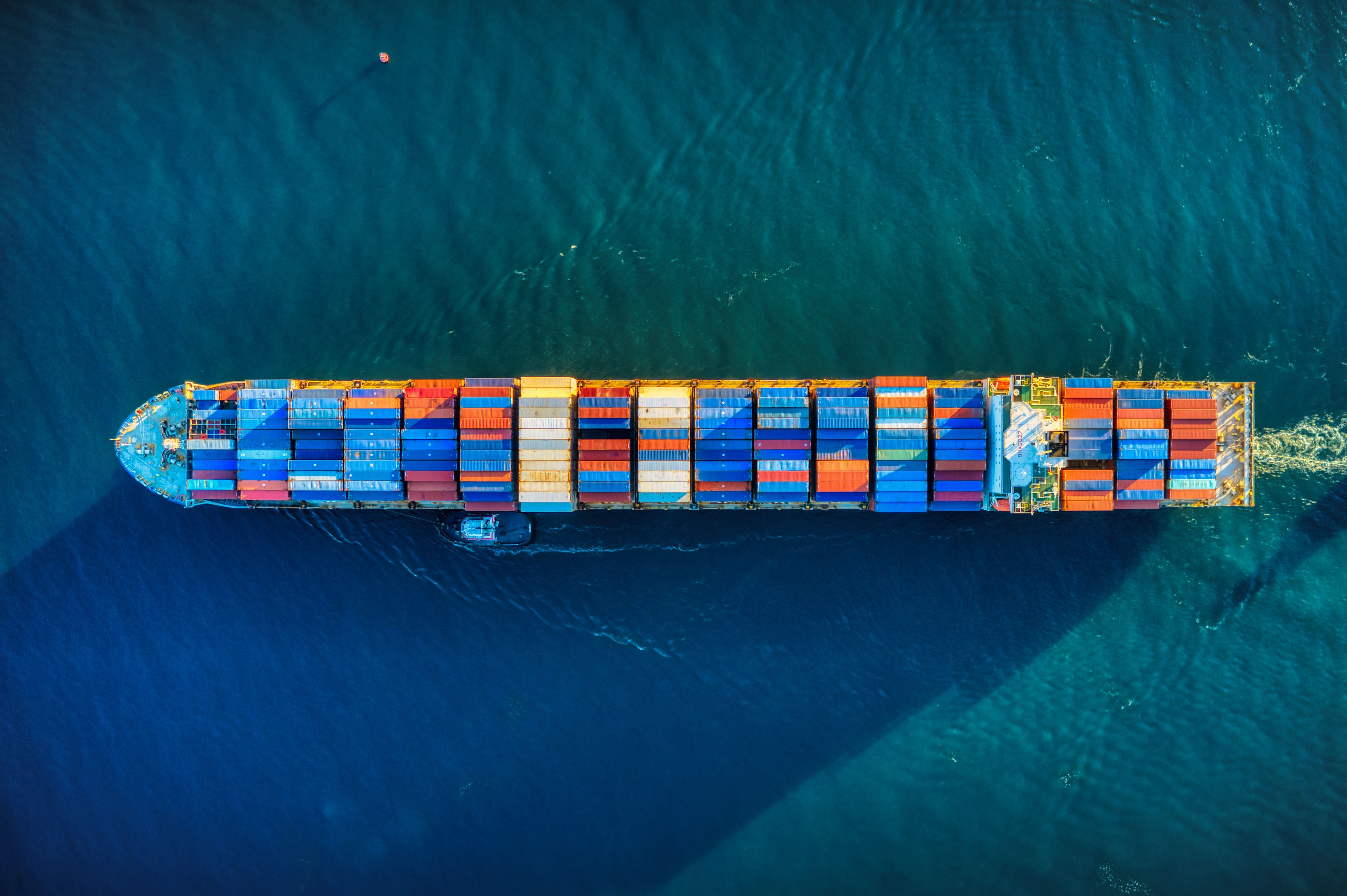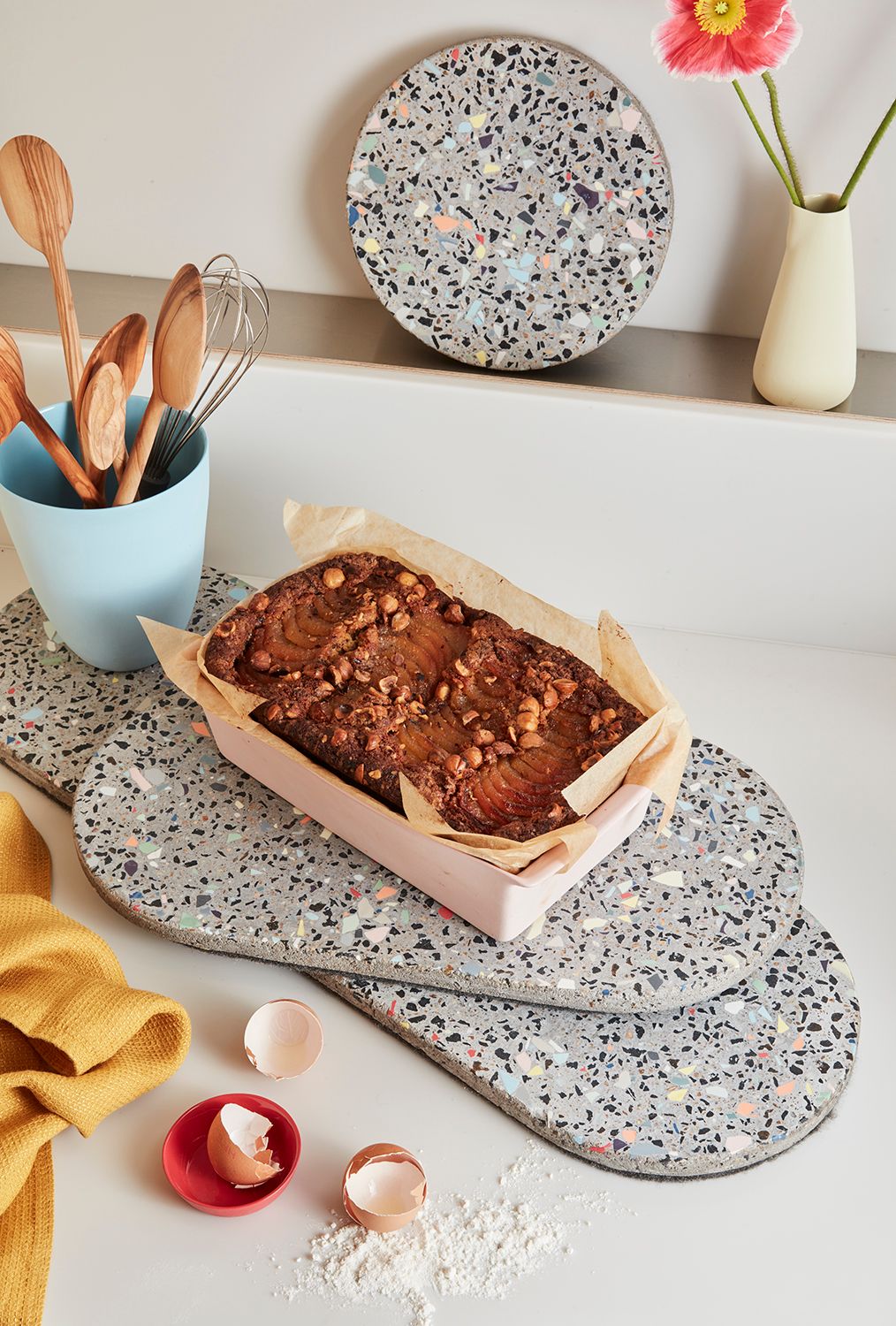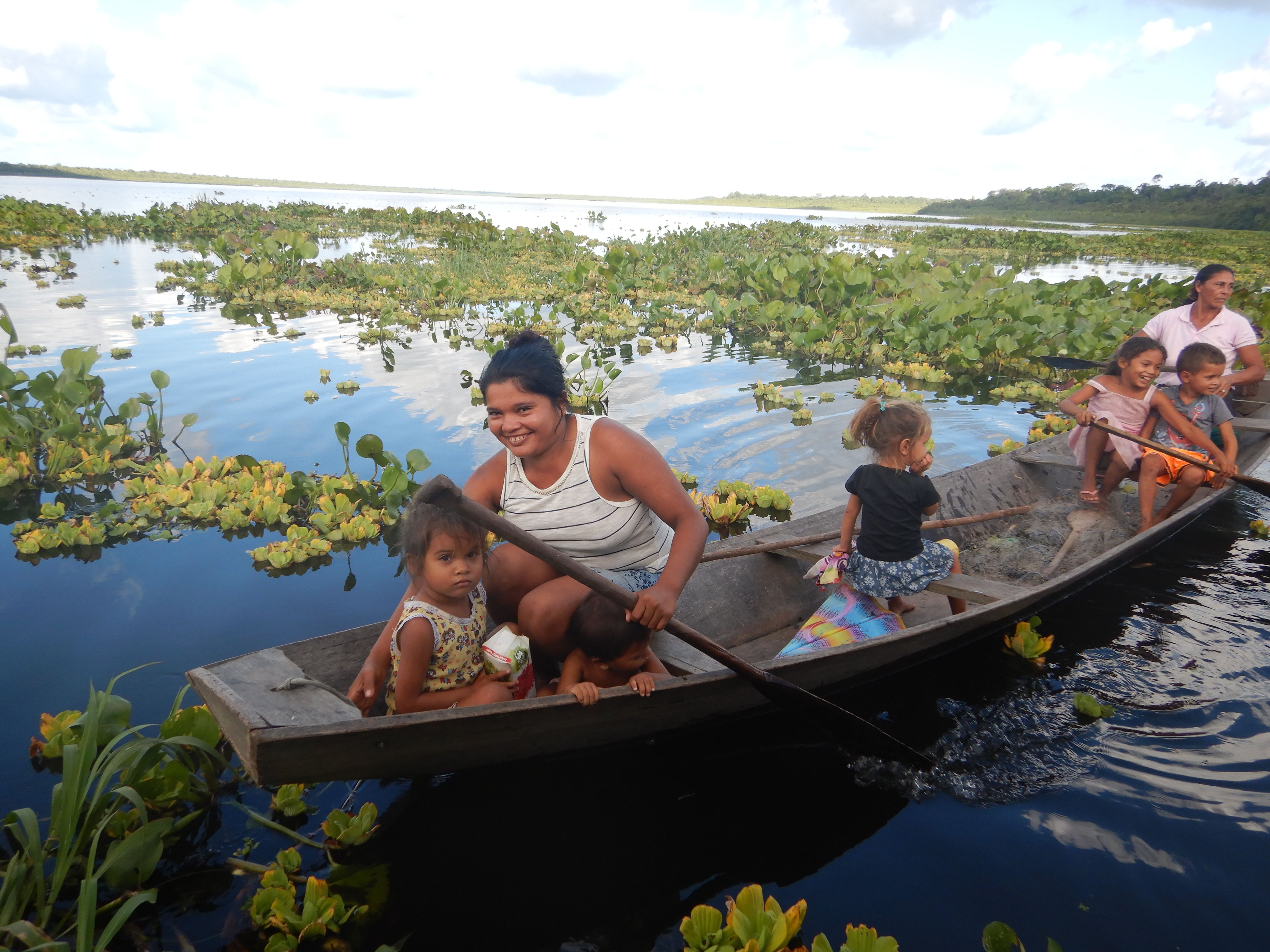Discover our unique collections, thoughtfully designed to suit every style and occasion.
Since 1994, Mud Australia has created elegant and timeless porcelain homewares.
The original Mud Australia store opened in Woollahra in 2007. Since then we’ve opened 13 stores globally.
Explore inspiration, gift registries, corporate gifting and gift cards.
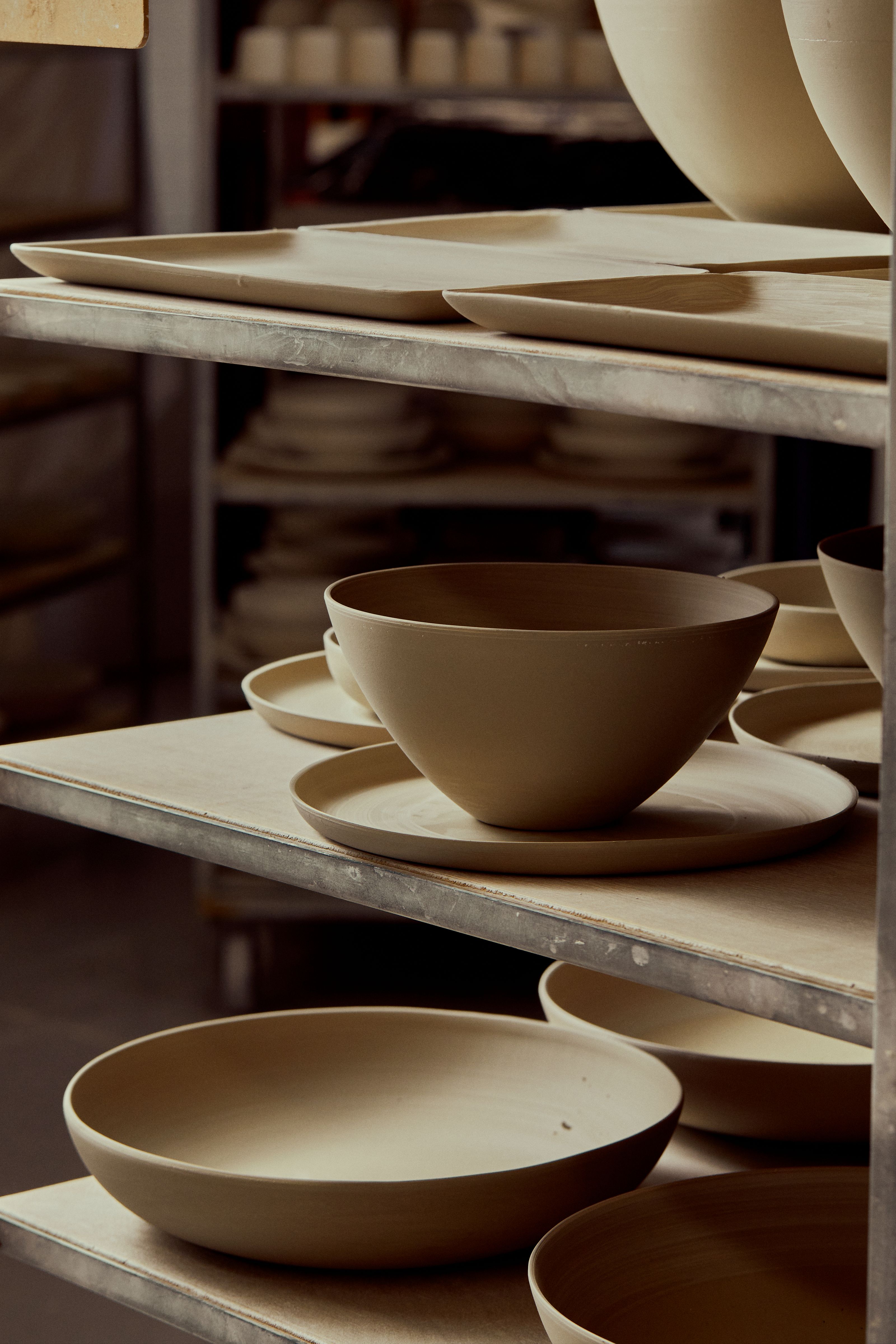
We’re always looking to do things better — be it design, making, workplace, social or environmental.
Sustainability is built into our design DNA. Our products eschew seasonality, complement any interior, and are made to last. All new additions to our range are designed to be useful and complement existing designs. We believe in conscious and responsible consumption, and this starts with good design.
Climate Neutral since 2020
Mud Australia has always been dedicated to reducing our environmental footprint. From 2019 - 2023 measure our annual greenhouse gas emissions (GHG). All of our processes are reviewed to further minimise environmental impact. Any emissions that cannot be practically avoided are offset and ambitious reduction targets put in place to minimise our footprint moving forward.
We are proud to not only be a carbon neutral company, but also climate neutral – which means we account for all GHGs in addition to carbon dioxide.
Minimising our Impact
We are constantly working to make our workspaces and operations greener. We do this through:
Making Product Locally in Australia
Good design starts with conscious and responsible consumption. By managing the entire process in our Sydney studio, from design to finished product, we make a meaningful impact on our team, customers and the environment.
By having full control of the production process, we can ensure our products meet the highest production standards in terms of safety, materials, usage and waste minimisation. We undergo annual environmental dust testing and provide appropriate PPE for any tasks where it is required. All of our glazes and stains are non-toxic, keeping our team and customers safe.
Producing locally also allows us to minimise landfill and repurpose any pieces that don’t meet our production standards — either by our recycled Terrazzo Trivet collection or selling our imperfect pieces via our seconds sale.
Energy
We have a 100kW solar system installed on the roof of our studio in Sydney. This produces approximately 30% of our manufacturing energy consumption. In addition to this, we have installed LED lighting throughout our spaces and divert excess heat produced by our kilns in the firing process into our production space to dry moulds and products.
Waste
We tackle waste minimisation in 3 stages; production processes, fired porcelain and studio waste. During the production process we collect all trimmings, spills and broken greenware to be remixed and recast. We also produce a range of 100% recycled porcelain for trade clients. Fired porcelain seconds are stored and sold in our annual seconds sale with broken pieces upcycled into our zero waste Terrazzo collection.
Our studio waste is minimised by a vigilant internal recycling policy from compost to soft plastics — we’re even able to recycle our end of life plaster moulds.
Read more about how we recycle clay and repurpose broken pieces here.
Water
Water is at the core of each of our processes - from mixing clay, to sponging and trimming, to cleaning our workstations at the end of the day.
To reduce our water consumption, we installed internal rain tanks for use in our production area. We also have a strict water filtration system in our clay studio to ensure that the water leaving our studio is clean and won't contaminate the environment.
Packaging
In 2018 we replaced our plastic foam protective packaging with 100% biodegradable and compostable paper based packaging. This clever design is die cut and concertinas when stretched to create a soft cushion paper wrap. When you receive your Mud Australia package in the post, you can dispose of the wrapping in your backyard compost bin, kerbside recycling bin or bring it back to your nearest Mud Australia store for us to repurpose.
All of our gift boxes are Australian made and are now 100% paper — we’ve eliminated magnets, eyelets and plastic coatings to ensure they’re recyclable. The stock used is 80% post-consumer paper and printed using water based inks.
Transport
We have invested in two electric vehicles and aim to transition to an entirely electric fleet by June 2025. Once achieved, this will reduce our emissions by 6.79 tCO2e p.a.
Every team member’s transport to and from work is captured in our annual carbon audit. At our Sydney studio, we provide bike parking and shower facilities for our team. We encourage the use of public transport, bike riding or walking to work to reduce our carbon footprint.
Freight
Maritime shipping is the world’s most carbon-efficient form of long distance transport. Where possible, we use sea freight over air freight to minimise emissions.
We have committed to reducing our airfreight from our production facility to our international retail stores and customers by 60% by June 2025, removing 25.5 tCO2e p.a.
Our Rescued Clay Collection
Mud Australia’s Rescued Clay Collection is made entirely from rescued clay and handmade in our Sydney studio.
The trimmings and floor spills from our porcelain slip casting are collected, filtered and aged before being cast into new recycled product, diverting 1,500L of clay from landfill annually.
The collection is available for trade customers in a mid-grey colour, which varies slightly from batch to batch depending on the content of the recycled clay. The surface is left unglazed and hand-sanded to provide a smooth matte finish.
Mud Australia Rescued Clay Collection at Re - Sydney. Photography by Nikki To.
'Layer' lighting exhibition
'Layer' is the captivating lighting exhibition developed by Tom Fereday in collaboration with Shelley Simpson, displayed as part of Melbourne Design Week, 2023.
Tom's collection embraces our commitment to sustainability at Mud Australia, repurposing a variety of our large second pieces into repeating rhythmic one-off lighting pieces. Tom's spectacular interpretation of our porcelain seconds utilises a range of shapes and colours, across a variety of heights.
With the completion of this exhibition, these one-off pieces will now be on display to be viewed and purchased in our Armadale, Fitzroy and Surry Hills stores.
For sales enquires, please email [email protected].
Photography by Fiona Susanto and Pier Carthew.
Zero Waste Terrazzo Trivet Collection
Determined to create an inventive use for our broken ceramics, our Founder and Creative Director Shelley Simpson, reached out to Brisbane based company, Five Mile Radius to utilise broken porcelain pieces as aggregate in their upcycled concrete products.
The resulting Terrazzo Trivets stand alone as design objects, while also providing protection to more fragile surfaces. Each piece is backed with recycled PET felt and is packaged in a reusable PET felt pouch.
Climate Action projects
We compensate for our unavoidable emissions by purchasing carbon credits certified to internationally recognised standards.
We choose to support renewable energy and wastewater initiatives and also a project which protects our local biodiversity here in Australia.
Pacajai REDD+ Project
REDD+ projects aim to reduce emissions from deforestation and forest degradation in developing countries.
By supporting REDD+ projects you help reduce the estimated 15% of global greenhouse gas emissions caused through the destruction of forests.
The Pacajai REDD+ project aims to prevent unplanned deforestation within 123,000 hectares of native Amazonian rainforest. The result will be an avoided 9,582,742 tonnes of CO2 e over 40 years. Wildlife is also protected. Pacajai has an abundance of species. The Brazilian Ministry of Environment recognises the Pacajai project zone as an area of extreme importance for biodiversity conservation.
The project also improves living standards for the local population through direct investments in health, education, infrastructure, and the empowerment of vulnerable groups.
Activities also include training in forest management and monitoring techniques which helps the people of the region become part of the solution. Implementation of agroforestry systems through this project, such as home gardens and forest farming, also give the communities food security.
Benefits include:
- 123,000 hectares protected for native flora and fauna
- 9.6 million tonnes of CO2 emissions avoided over 40 years
- Jobs created in the Para region
- 500 families benefit from water and CO2 filters
- All schools in the region are being rebuilt with internet access
- Virtual health clinics established to reduce community travel
- The local population receives free honey and açai fruits
We're always looking for ways to improve our carbon footprint. If you have any feedback or suggestions, please contact us.
FAQs
How does Mud Australia achieve carbon neutrality?
What sustainable practices does Mud Australia implement?
What does it mean for a company to be carbon neutral?
